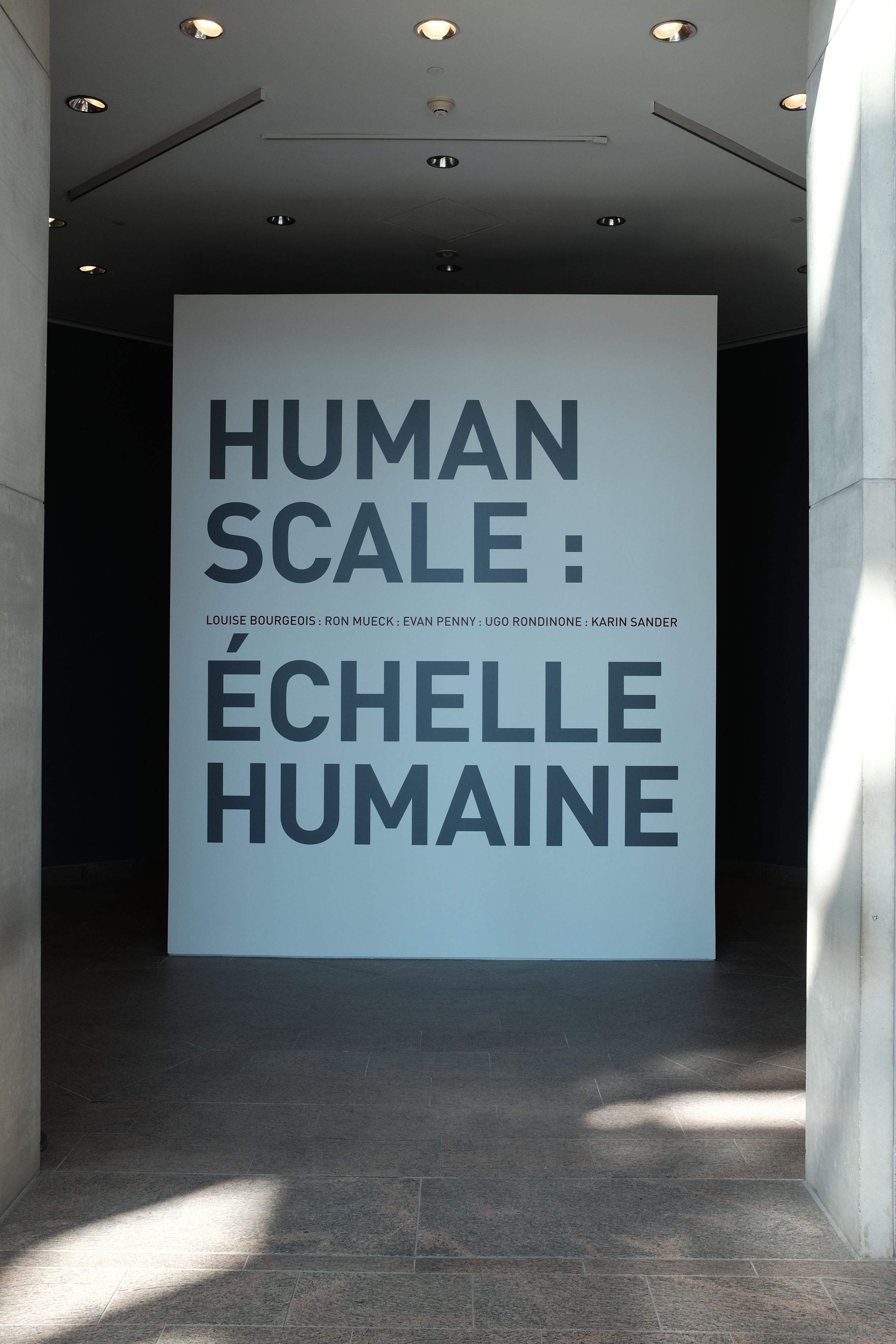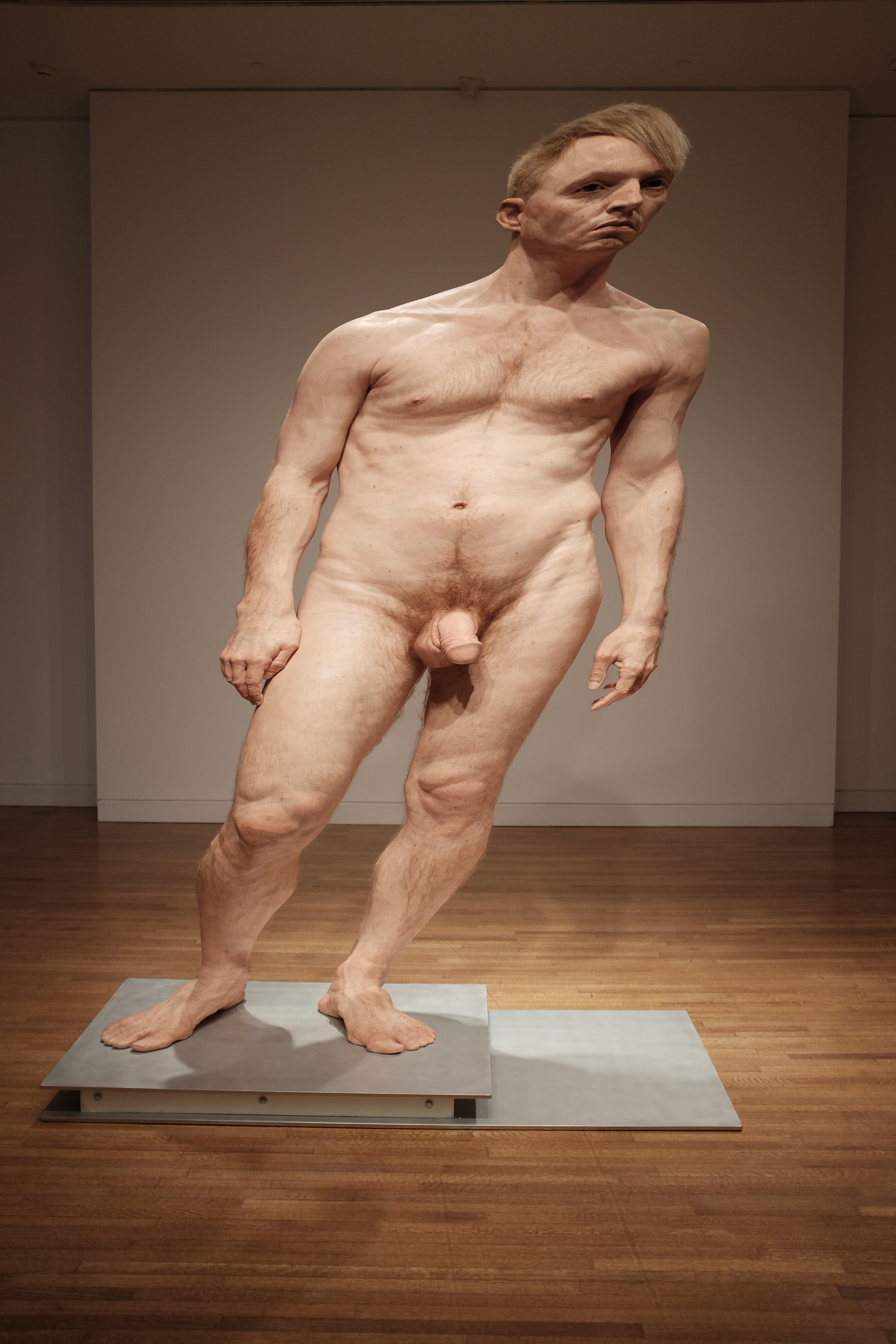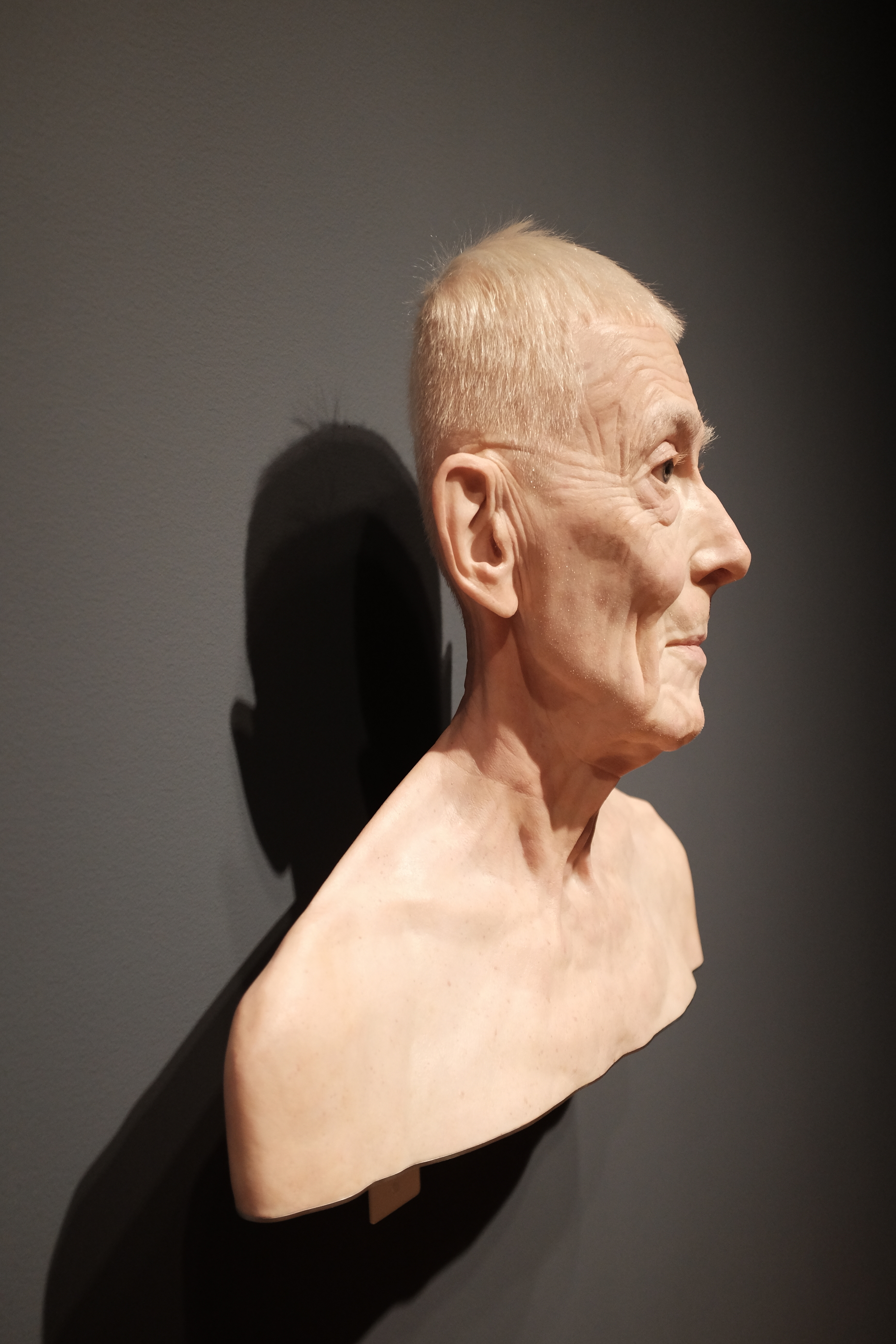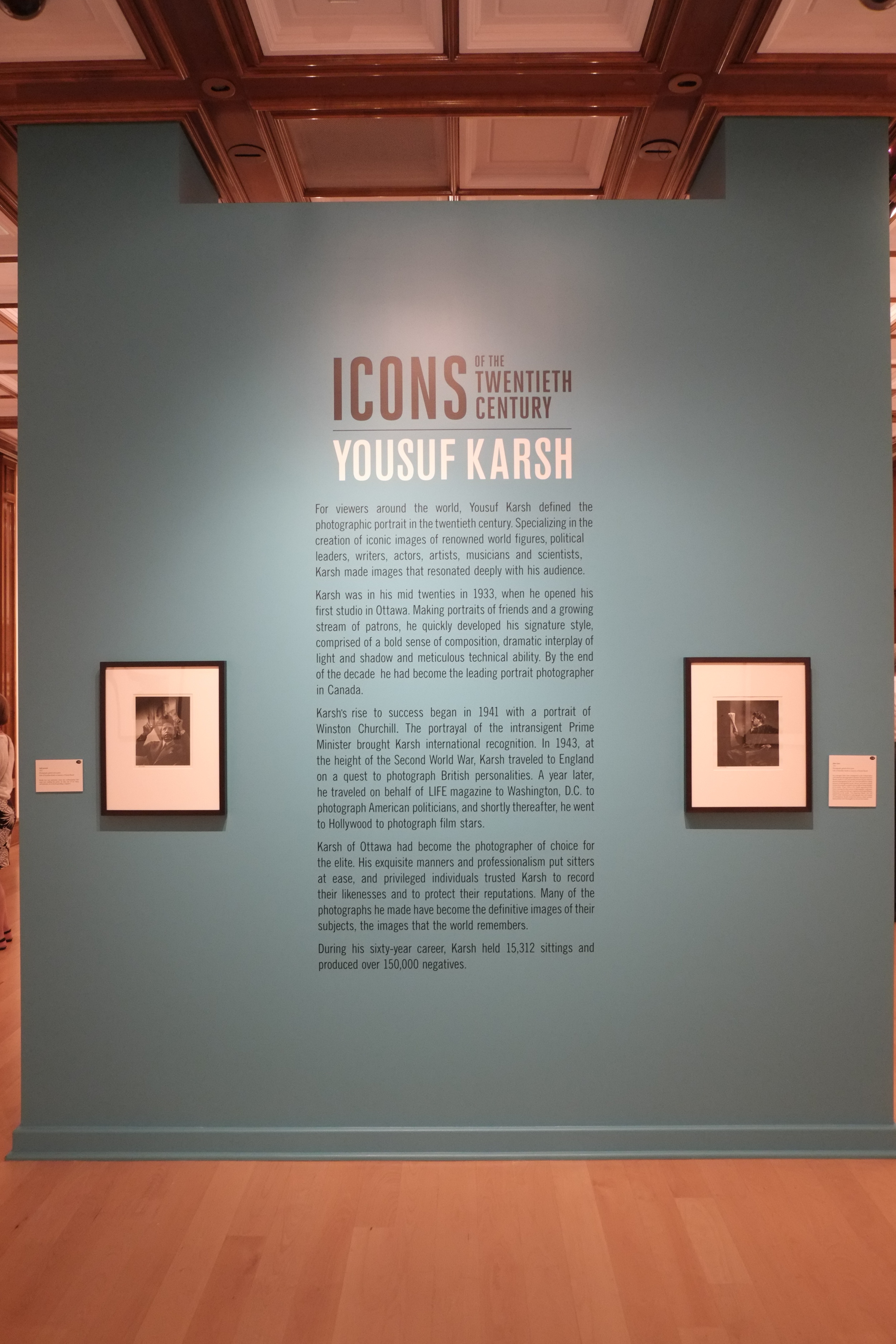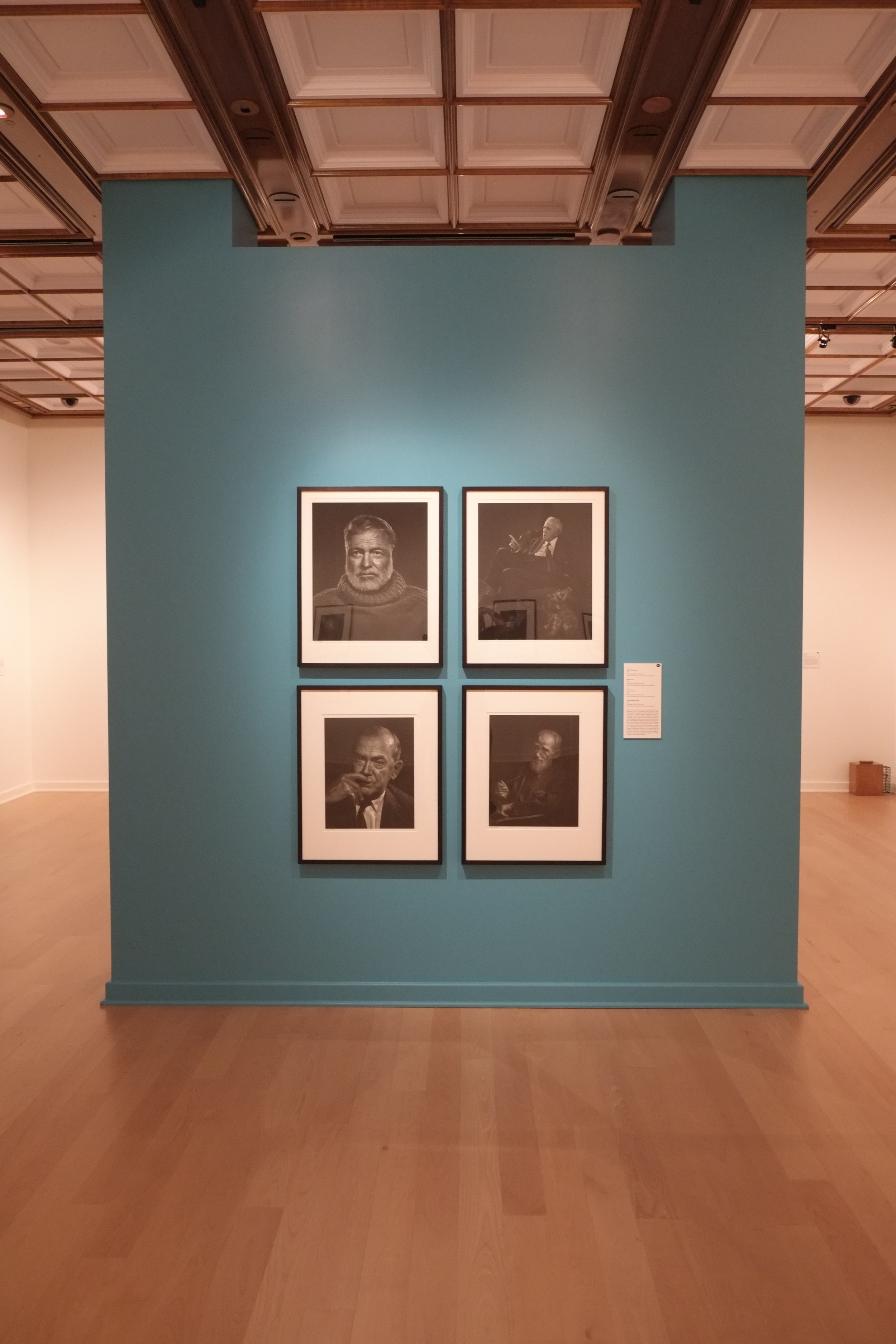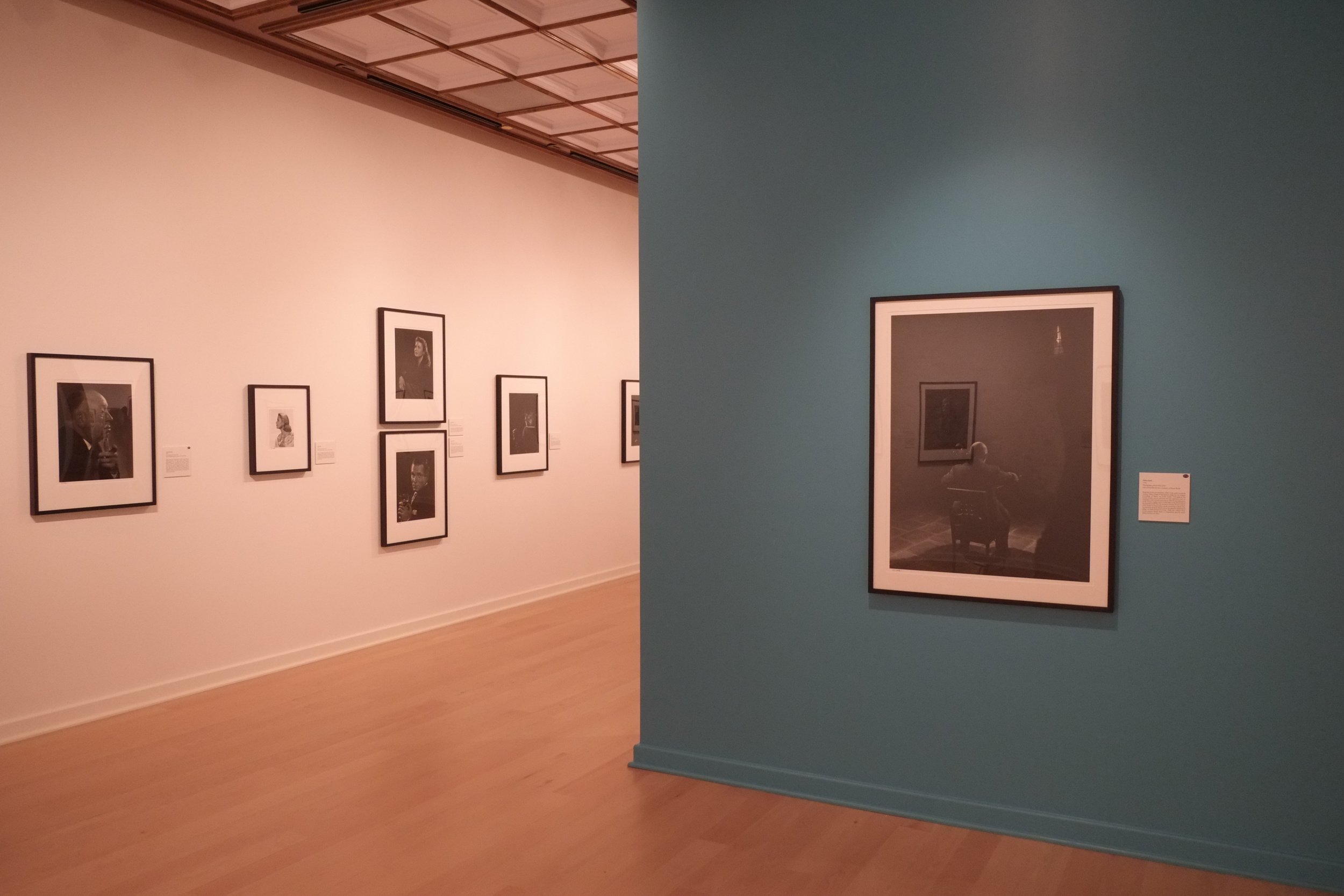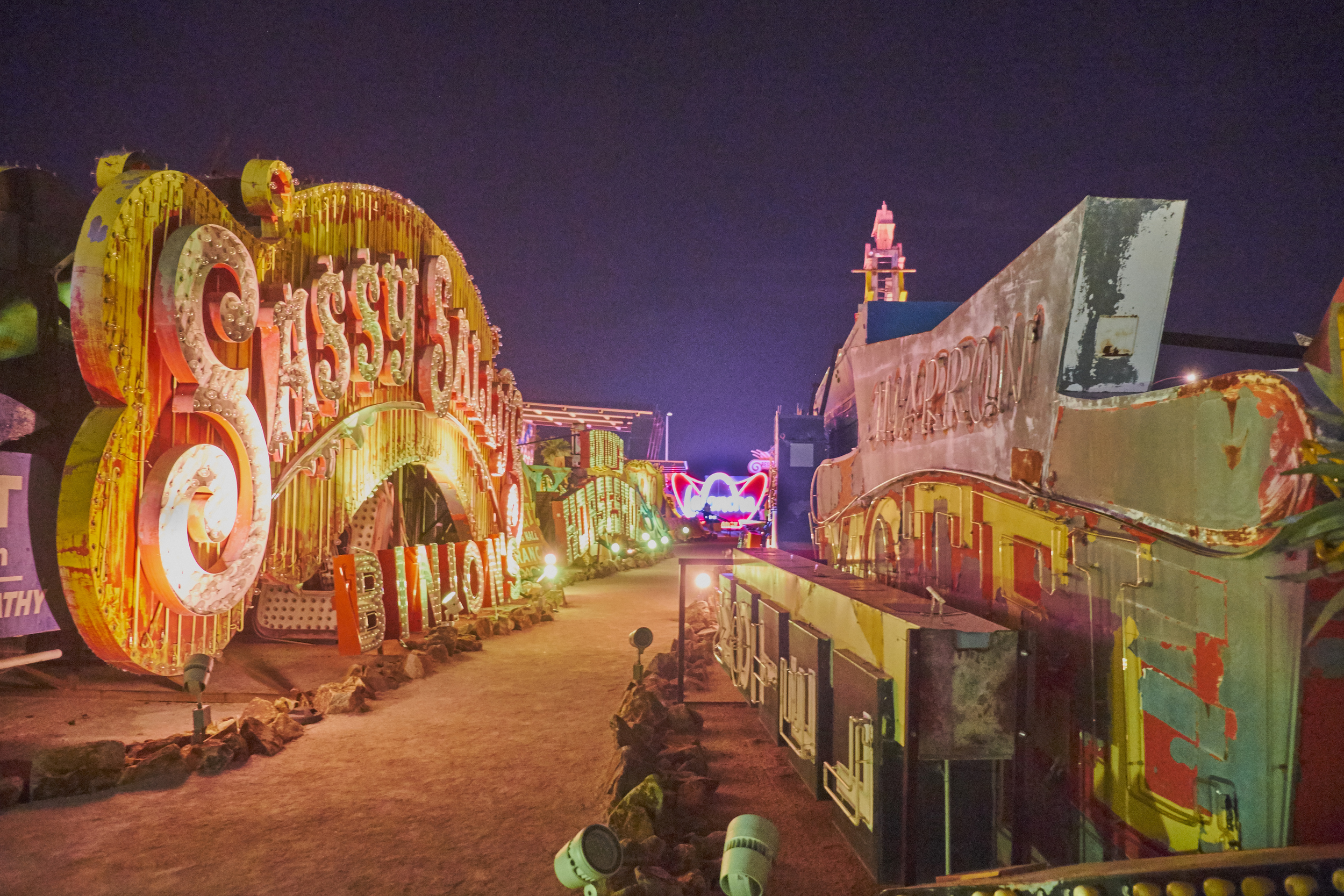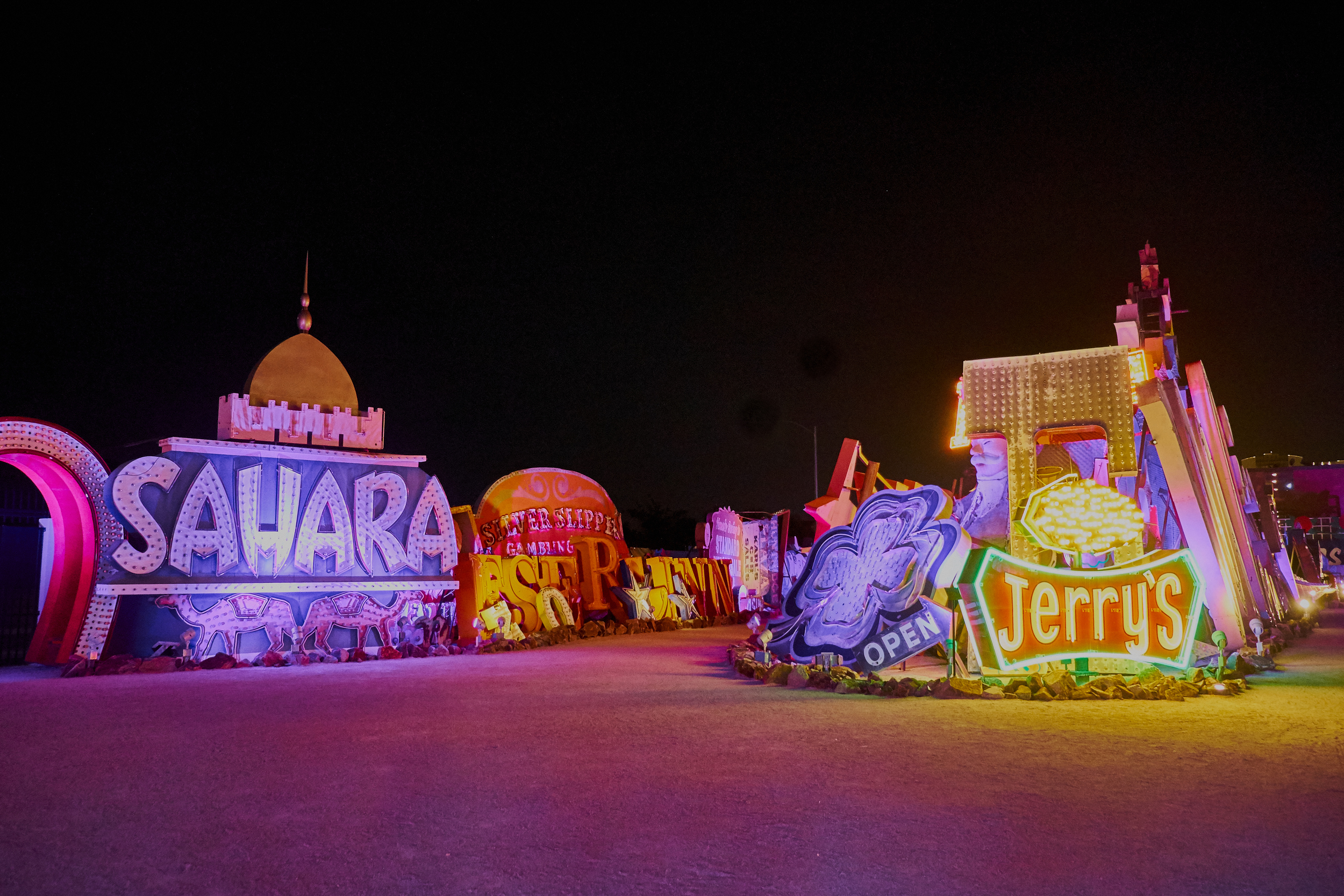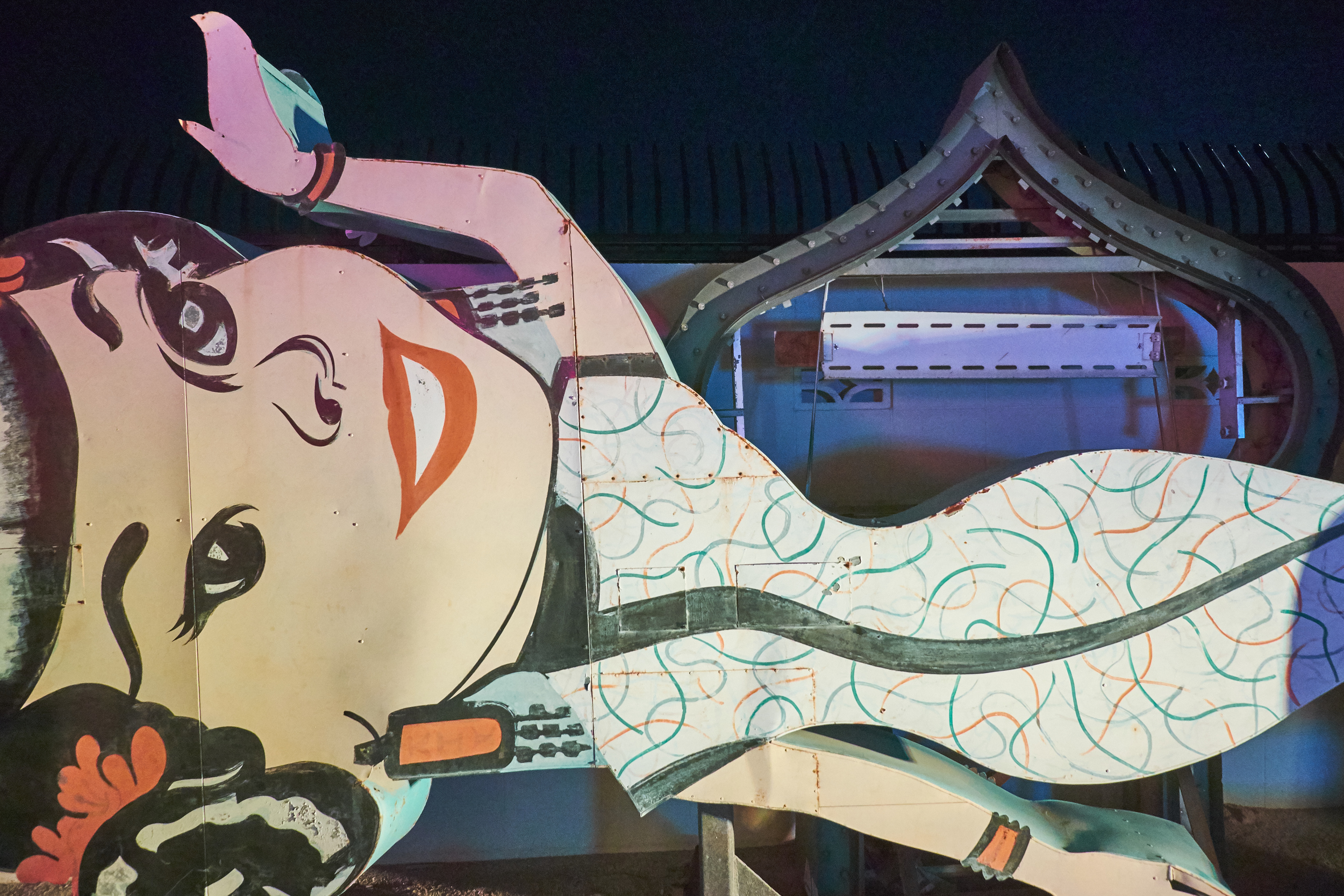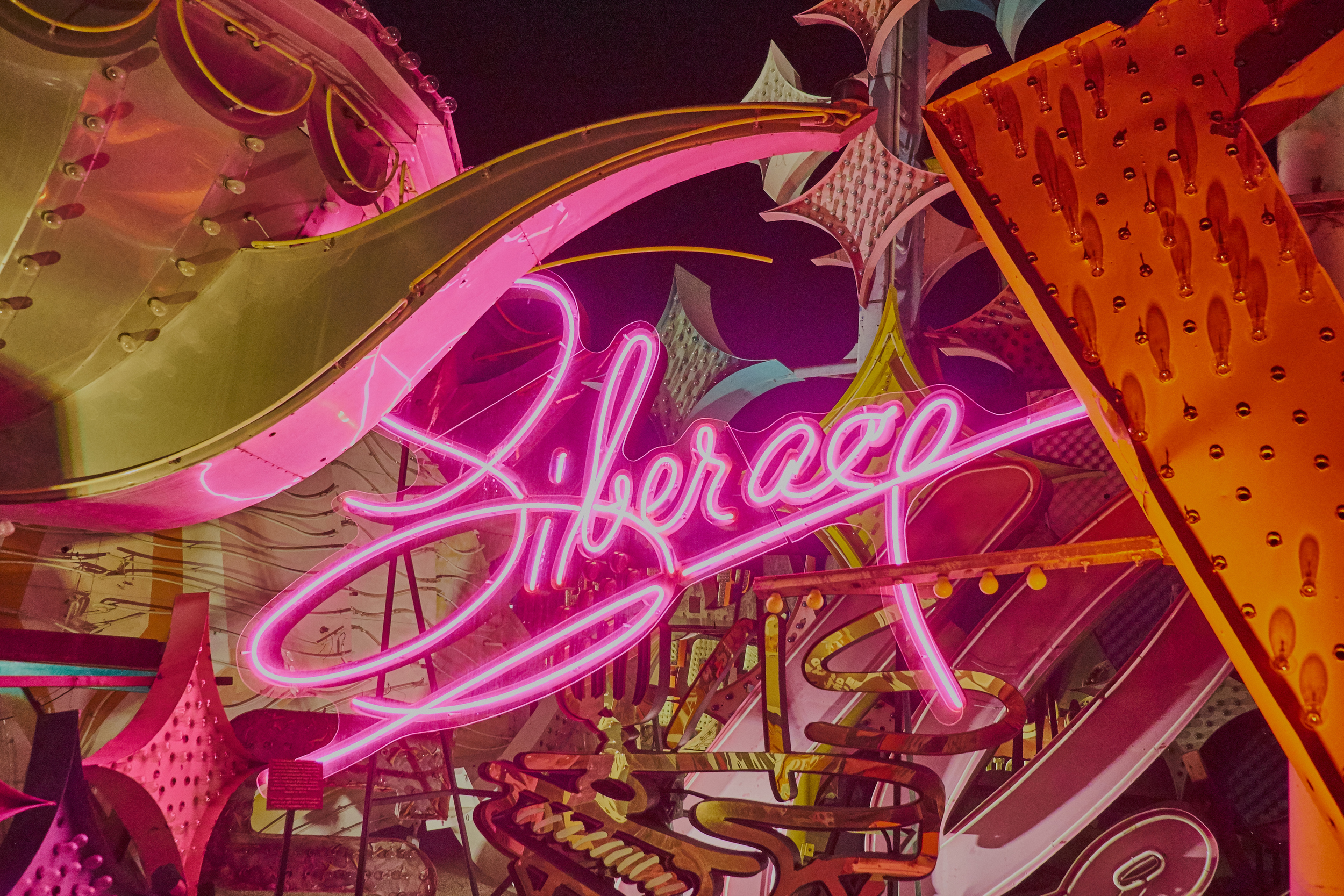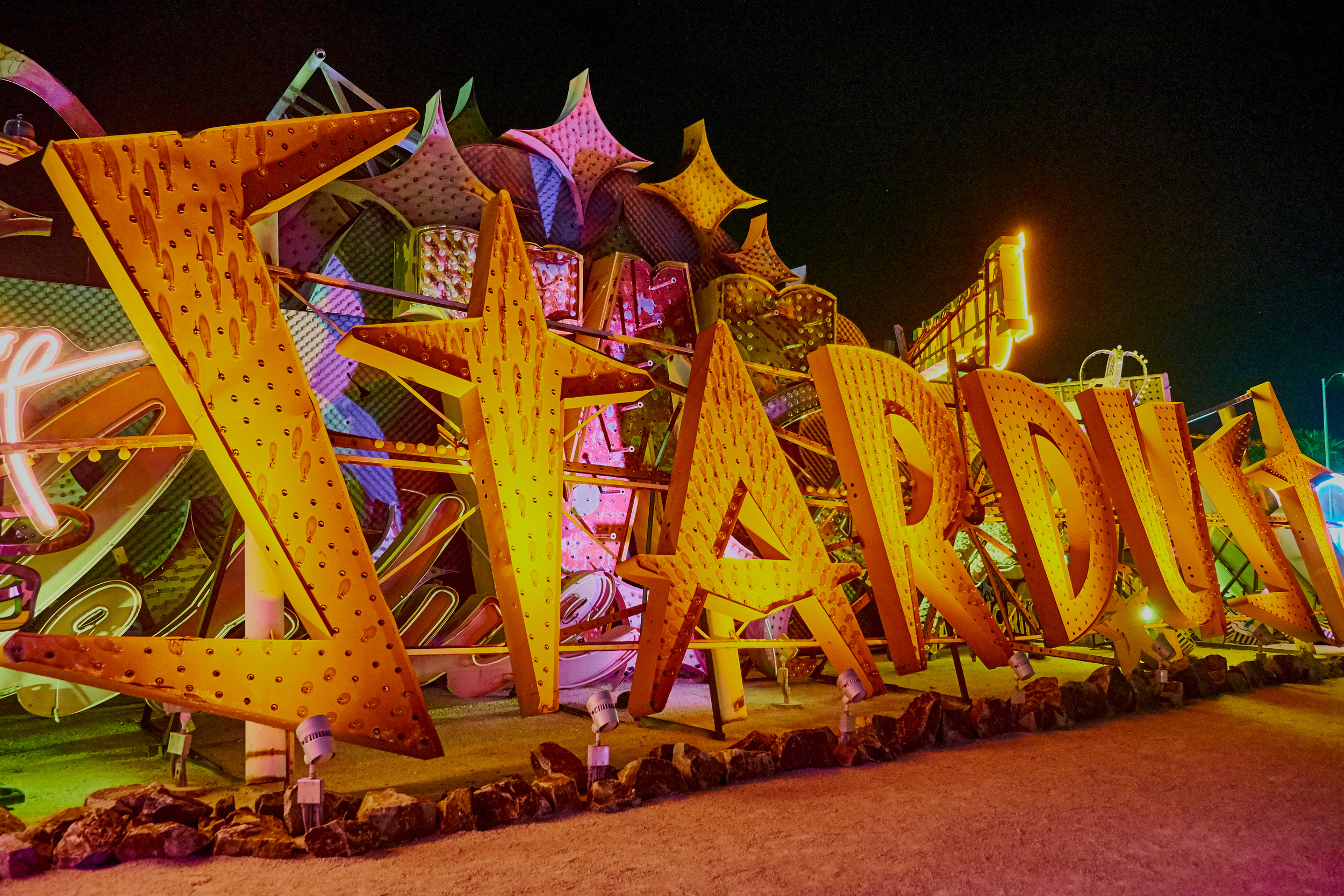A case study of A Place Beyond Belief by Glaswegian artist Nathan Coley.
• What’s your first response to this piece?
I find the contrast between the deep shades of blue in the sky and the yellow of the lighting attractive. I like that there is a range of blues in the sky and I like the silhouettes of the framework and the building behind the sign. I also like the angle of view from which this image was shot—it seems more dynamic than a straight-on shot. I don't yet have a firm understanding of the piece, though.
• What questions are you going to ask in order to make sense of the piece?
Where is the piece set? Is the text a reference to something specific? How was the piece constructed? Is it a permanent installation or temporary? Or was the image just found by the artist? (Doubt it.) Does the specific place matter or could the work have been installed anywhere? Do we know anything about the artist's intent? How does the work fit within Coley's body of work? Have any reflections on the piece been published?
• What type of work do you think this is? It could fit into several categories. How would
you define it?
I've been referring to it as an installation, largely because I'm assuming that this is not a "found" piece. It could be site-specific but that remains to be seen. It could be classed as a scultpure, depending on how integral the supporting structure is (or is it just hold the thing up?). Is the work just the text? The entire structure? Or does the building in the background play a part in the piece? If so, is the work the photograph of the installation or the installation itself? Not having any information yet on the role of the site, I'll have to define this as an outdoor installation featuring illuminated text. That's more of a description than a definition, but I'll be ready to adjust it once I have more/better information.
• What do you think the text is about?
It's difficult to land on a meaning. "A place beyond belief" could mean "a place where belief does not exist" or it could mean "an unbelievable place." The text could be referring to the specific location of the installation or it could have broader application. If it is site-specific, the text might refer to the church in the background and offer a commentary on religious belief in general or the Christian faith in particular.
• What are your first thoughts after listening to the monologue?
My first thoughts are that this is a moving and powerful story and that Coley tells it well. For those of us with strong memories of 9/11, it is easy to remember the feelings of sorrow, anger, confusion and disbelief in the time during and following the event. It is also easy to imagine the tensions in the subway car, both on the part of the Sikh man and the others around him.
• What other information can you find on Coley’s website about this particular piece?
In addition to multiple images of the installation, the website contains details of its construction (illuminated text on scaffolding; dimensions variable), photo credits for the images, locations where it has been installed (Haunch of Venison, London; Art Gallery Kosovo, Pristina, Sept 2012; Kunstverein Freiburg, Germany, Jan 2013), the link to the video of Coley providing background on the piece and a link to a site related to the location in London (the link was broken when I tried to access it on May 7, 2016).
• Where is it actually sited?
I am not sure where it is actually sited. The most recent location I can find for the piece was at the Triennial Bruges 2015.
• Does this alter your response to it?
No, not at all. Coley has installed the piece in different locations around the world and has often juxtaposed it with buildings connected with religious, political or commercial activity. His message of the need to find a "place beyond faith" is probably a broad concept in his mind and can lend itself to a sort of universal social criticism in many settings.
• Have your views on this piece changed after listening to Coley speak about it? If so,
why?
They have changed somewhat. I've come to a better understanding of the meaning of the piece and how Coley, and his hosts, have used it as a social critique that can lend itself to a number of sites. In a sense, then it both is and isn't site-specific. Given the general nature of the message, the text will also be understood in different ways over time just as it has already moved on from its initial association with the 9/11 attacks. I, like most people, want to live in a world that is free from violence and injustice and on a simple level "a place beyond faith" seems to provide an answer. I am not confident that we can all move to that place, though, as our lives and societies all depend on some form of faith, whether acknowledged or not. If Coley's interviews are anything to go by, he may enjoy just that kind of irony and ambiguity.
• Do you think contextual information is essential to gaining a greater understanding
of contemporary work? Make a note in your learning log.
I think the answer to this question has to be "yes and no." Yes, contextual information is important if we are concerned with the artist's intent: context can help get us closer to intent but it cannot guarantee that we have complete understanding (and it is always possible that the artist has not completely understood his or her own work). Yes, contextual information can be helpful for the viewer in considering a broader range of meanings than a first view might provide. But no, contextual information can never exhaust the evolving range of meanings that a piece might suggest through changes of time and place.
• Do you think it should be an essential ingredient?
I think that contextual information is an enriching and important tool, particularly for those interested in art, culture and the history of interpretation. But I'd hesitate to call it "essential"—I'd be concerned with giving the impression that we can ever arrive at the "correct" reading of any work of art. Some are better informed than others, but none should pretend to be the last word.
